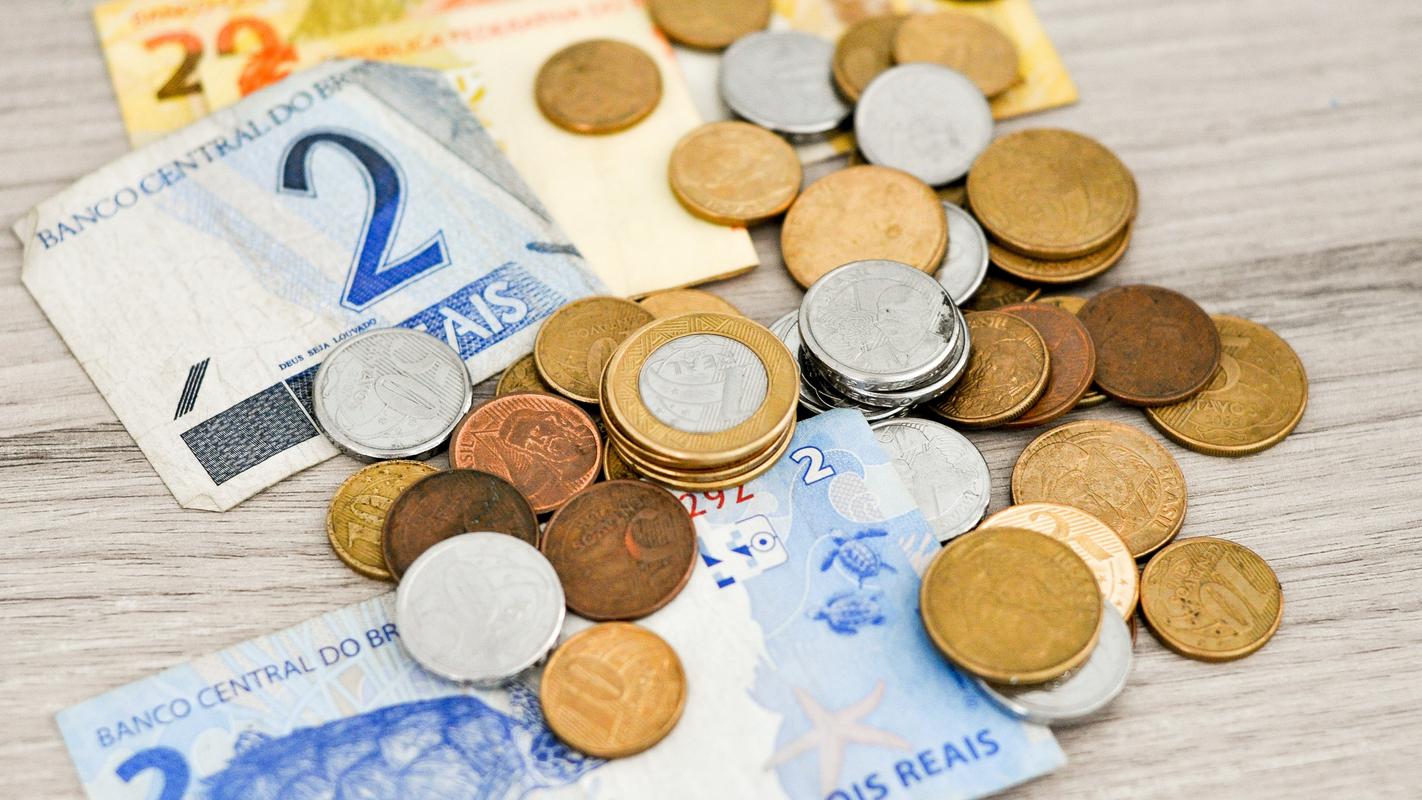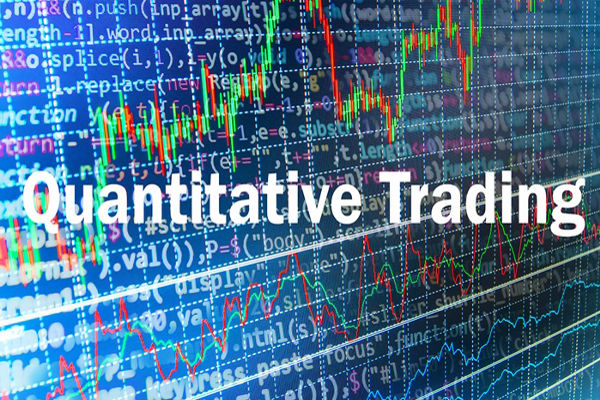From childhood to adulthood, one of the most confusing concepts in the
economy is the exchange rate. To truly understand the essence of these issues,
you need to have a deep understanding of the evolution and history of exchange
rates, which involves politics, religion, trade, war, and the development of the
monetary system, which is far more fascinating than the theories in
textbooks.

Let's go back to Europe over a thousand years ago and see how exchange rates
and monetary systems evolved. Unlike the current chaotic exchange rate system,
for most of the historical period before the war, humans implemented some form
of fixed exchange rate system. The reason is simple: ancient coins were both
currency and commodities. This is an ancient Roman silver coin called
'atonnnins', worth two cents. A penny in ancient Rome was called "dners" and
weighed about 3.24 grams. You can melt it into silver pieces and sell it at face
value, and the selling price should be equal to two cents. This is a "touch jack
ma" silver coin from the Parthian Empire in the Middle East, which is equivalent
to their country's quarters and weighs approximately 12.52 grams. Therefore,
when the merchants of these two empires trade, their exchange rate calculation
is very simple. Assuming the purity is the same, we can calculate that one
'atonnin' can be exchanged for 3.86' attention '. Therefore, if the form and
purity of these two currencies do not change, the exchange rate between them is
fixed and very simple.
From the beginning of human use of currency to the Middle Ages, about 1500
years ago, the legal tender in most parts of Europe was silver, which is known
as the silver standard. Yes, I know that gold coins were also used in ancient
Rome, but their use was very limited. To simplify the discussion, we are
currently only considering the exchange between silver coins.
The determination of the exchange rate essentially depends on the intrinsic
metal value of the currency, but this does not mean that the exchange rate will
not change. Let's take a look at Roman silver coins again. If I use a knife to
cut off some silver, others may not be able to detect it, but its value will
depreciate. The biggest problem with currency is its susceptibility to wear and
tear, trimming, or forgery, resulting in its intrinsic metal value being lower
than its face value, which is known as' device name ', which means currency
depreciation. This is a Han Dynasty "Wuzhu Qian", which is the weight unit of
currency. This is a Southern Dynasty "Wuzhu Qian", which is much smaller and
cuter. In ancient times, emperors often deliberately minted devalued currency,
and ordinary people also cut or forged currency, which is called "bad currency
drives out good currency". Almost all circulating currencies undergo a gradual
depreciation process, with a gradual decrease in metal content, which naturally
leads to changes in exchange rates. Adam Smith described currency depreciation
in his famous book "The Wealth of Nations". He said that large countries can
usually restore currency value through large-scale recasting after currency
depreciation, but small countries or regions are different, and even recasting
is difficult to restore credibility. Therefore, they usually face deteriorating
exchange rates, bringing various difficulties to international trade.
There is a currency reference book published in 1633 in Antara, a port city
near the Netherlands, which records information on the size, style, units,
weight, color, and value of over 1600 currencies. The conversion of exchange
rates has become very cumbersome. During the same period, the establishment of
the Amsterdam Bank was aimed at solving this problem, and it also became one of
the earliest central banks in the world. It should be emphasized that in the era
of currency, although market supply and demand may affect exchange rates, this
impact is limited because most countries adhere to the principle of free
coinage. As long as you have silver nuggets, you can have mints to help you mint
money. If the exchange rate is not suitable, you can ship the silver abroad and
mint local currency, although this requires time and cost. Therefore, in the era
of the silver standard, the exchange rate was mainly determined by the intrinsic
metal value of the currency, which led to relatively stable exchange rates.
However, this fixed exchange rate usually only exists between the same metal
currency, and once different metal currencies appear, the situation becomes
complex.
Disclaimer: This material is for general information purposes only and is not intended as (and should not be considered to be) financial, investment or other advice on which reliance should be placed. No opinion given in the material constitutes a recommendation by EBC or the author that any particular investment, security, transaction or investment strategy is suitable for any specific person.







